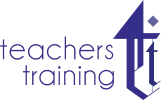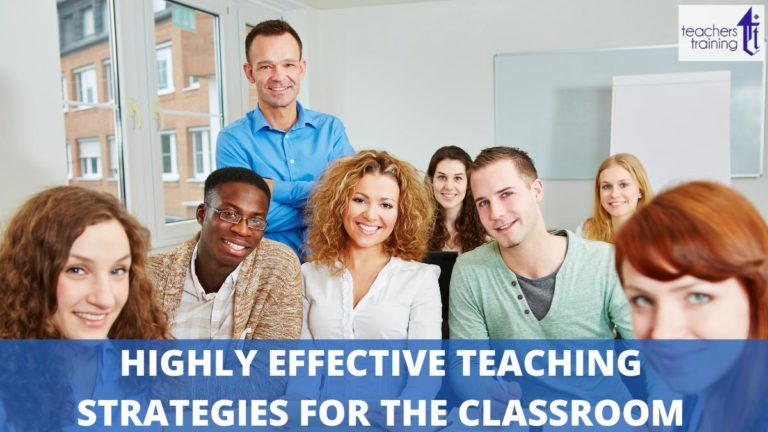Being a teacher is a great thing. As a teacher, your first and foremost duty is to ensure effective learning of your students. Teachers across the world use different strategies to teach the students. It doesn’t matter what your teaching experience is, you should always follow some strategies to make sure your students are enjoying your teaching and getting the things right. There are different strategies that work in the classroom. However, when you use a combination of strategies, it’s more likely that the students will perform better.
So, you’re now wondering about what strategies to follow in the classroom. Actually, there is no “one size fits all” solution to this. You may follow different strategies in different situations and the situation demands will tell you what to do. Yet there are some strategies that you can follow in every situation and in every classroom. So, let’s dive into the highly effective teaching strategies for the classroom.
Top 7 effective teaching strategies for every classroom
Undertaking effective teaching strategies will pave the way for you to become a successful teacher. So, let’s dig in the deep and unpack the effective teaching strategies for classroom.
1. Know your student’s demands
It’s important to know your student’s demands to ensure effective learning. Think about your own experience when you were a student yourself. What things did you expect from your teachers? Your students also do the same from you and if your teaching style doesn’t comply with their needs and demands, the learning process won’t be that fruitful.
2. Visualise your lessons
Visualizing your lessons is an effective way to make your students able to get the things right. When you teach them a new topic, try to relate this to the real world. Give them examples and let them think. Help your students to think about how it works in their life. However, visualisation doesn’t mean that you only show them photos or videos. It means presenting the thing in a way so that your students can visualise it in their minds. It will ensure their clear understanding and the lesson will last long in their memories.
3. Encourage learning from experience
The lessons last long when the students learn from real experience rather than only from books. Sometimes, the best learning happens outside the classroom. If the students have practical experience of what they learn in the classroom, it will ensure a more profound understanding of the lesson. So, always try to give them a real experience of what you’re teaching them.
4. Make mistakes
It may sound odd to tell you to make mistakes in the classroom. But it works a lot to teach your students effectively. Making mistakes will help you to get an insight into your students’s understanding of the lesson you taught them. So, you can try this out. Make intentional mistakes and ask the class to fix them. It gives them a feel of playing riddle or solving puzzle and makes the class enjoyable which is important for effective learning.
For instance, when you finish a topic, recap the lesson after a while with making some errors and see how your class responds. If they can catch the error then it’s clear that they had a good understanding of your lessons. If not, then you have to think about how to make your lessons easier and catching.
5. Encourage cooperative learning
Students tend to learn more effectively when they’re actively engaged in the process and work together. Plan and organize tasks that need your students to participate and work together in a group. For instance, after discussing a scientific topic, form some groups among the students and give them tasks to make a project on the topic they have learned. It will encourage them to learn on their own and learn from one another. Besides, it also enhances their crucial thinking skills, communication skills, problem-solving skills and more.
6. Try student-led classroom
You can often give the charge to your students to take the class. After finishing a topic, announce that someone from the students has to take the class the next day. When the students have to be the teacher themselves, they learn things with more effort that they wouldn’t have done otherwise. So, it’s a good strategy to let your students to take the class sometimes.
7. Appreciate and give feedback
It’s a good practice to appreciate and give feedback to your students. Appreciation for their good works creates positivity in their minds and encourage them to perform better. Besides, feedback lets them know whether they’re on the right track or not. So, always appreciate them and give frequent feedback.
Closing notes
Now it’s time to wrap up. After going through this article, you’re now well-informed about the most effective teaching strategies for the classroom. You may follow these strategies to make the classroom enjoyable and engaging as well as ensure the effective learning of your students.
To learn more about effective teaching strategies for the classroom, you may consider taking online training where you’ll have in-depth knowledge about this. To explore teaching courses for you, just click the button below.





